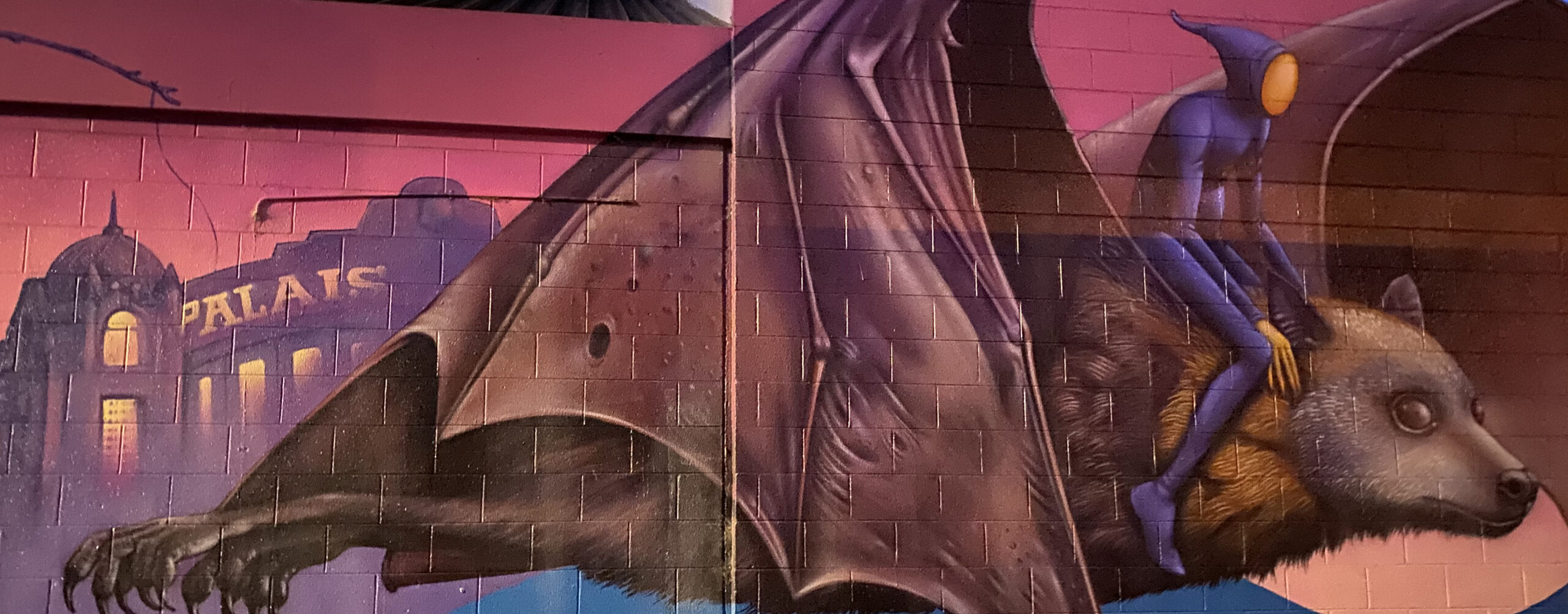The precise origins of SARS-CoV-2 largely remains a mystery. There are huge animal reservoirs for viruses including coronaviruses. Given the sequence similarity to bat coronaviruses it is (probably correctly), assumed that SARS-CoV-2 jumped from bats …
perhaps to an intermediary host before crossing to humans. The jump across species is a process known as zoonosis.
In an interesting hypothesis I came across, it was suggested that miners were first infected with a version of SARS-CoV-2 from bats in 2012; sequential mutations then lead to more infectious versions causing the current pandemic. Other hypotheses, include the pangolin intermediary step, and others involve more sinister scenarios. From a scientific perspective the important point is to follow the genetic sequences and a great site to do that is “Nextstrain”; tracking mutations allows for the potential development of effective vaccines, neutralizing antibodies, and antivirals.
Mutations are normal process, and the usually the ones that persist are somehow beneficial to the infectious propensity of the virus. It is a like a condensed version of Darwinian evolution – selective pressure, mutations, survival of the fittest. Coronaviruses typically mutate slower than flu viruses for which a new vaccine is required each tear to capture the dominant seasonal strain.
Nevertheless, there have been some well documented mutations that have occurred in SARS-CoV-2 which affect the “spike” protein which is responsible for binding to host ACE2 receptors. The first of these was the D614G mutation in which the amino acid aspartate at position 614 is replaced with a glycine residue. This mutated version quickly became the dominant strain across the globe.
Another popular series of mutations are the one that occurred in mink leading to the culling of many millions of animals in Denmark and other countries; the ethical implications and errors made in disposal of dead animals are not discussed here but … The mink variant is widely known at the Cluster-5 variant and includes a deletion and Y435F mutation in the spike. It is known that the variant has 1) infected wild animals, and 2) crossed back to humans but the variant is not concern with respect to infectiousness and pathogenicity of the virus.
More recently a new variant, known as the UK variant has appeared. This new variant is of some concern as modelling has shown that it is 50-70% more transmissible than the original strain. The variant is characterised by a number of mutations, including deletions and amino acid substitution in the spike protein. Given that it is more infectious, it is of some concern however, the consensus is that it will not affect the effectiveness of the current vaccines.
Ongoing research will clarify the significance of the UK variant, which has now spread widely outside the UK. So far it looks like it is not associated with increased pathogenicity (pathology, and severe COVID-19 disease), which is great. However, the ability of SARS-CoV-2 to mutate and potentially get a selective advantage highlights the importance of: 1) maintaining public health measures (masks, hand hygiene, social distancing), 2) continuing research aimed at development of optimal vaccines, neutralizing antibodies and antivirals, and 3) optimizing supply chains and distribution!
Mutations are a scientifically interesting and potential dangerous aspect of viruses, but for now we can be cautiously optimistic that the current and emerging vaccines will end this current pandemic.
Until next time … Tranquilo Polymaths.

